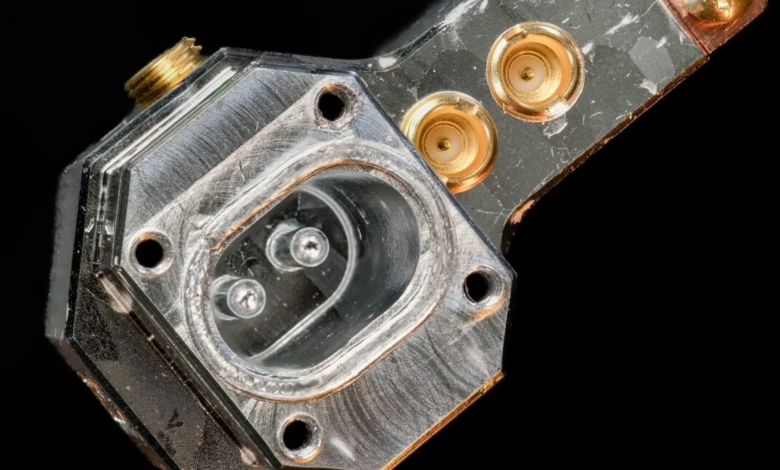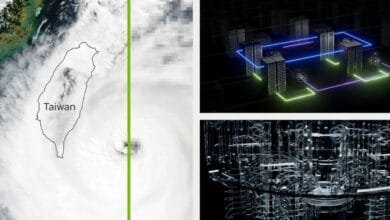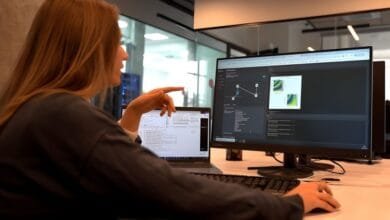Startup Achieves Single-Hardware Logical Qubit Breakthrough

▼ Summary
– Error correction is essential for useful quantum computing, but companies have differing approaches, often using logical qubits built from multiple hardware qubits.
– Nord Quantique aims to reduce hardware needs by enabling a single piece of hardware to hold an error-corrected qubit using multiple quantum states.
– The company demonstrated hardware using photons at two frequencies to detect when a logical qubit lost its state, though full error correction wasn’t achieved.
– Nord Quantique’s approach involves storing quantum information in multiple modes of a quantum oscillator, similar to earlier work with qutrits or ququarts.
– The system’s state is monitored using a transmon qubit physically linked to the resonator.
Quantum computing is rapidly advancing, but one major hurdle remains: error correction. While most companies focus on linking multiple hardware qubits to create logical qubits, Nord Quantique is taking a radically different approach. Their breakthrough involves encoding error-corrected qubits within a single piece of hardware, potentially slashing the physical resources needed for reliable quantum operations.
Recent results from the company demonstrate their ability to detect when a logical qubit loses its state using photons at two distinct frequencies. Though this doesn’t yet achieve full error correction or operational functionality, it validates their unconventional strategy.
The secret lies in manipulating microwave photons within a resonator. By creating a quantum oscillator with multiple modes, Nord Quantique’s hardware can store information across different states—far beyond the binary limitations of traditional qubits. Earlier research showed this system could support up to four states, effectively functioning as a qutrit or ququart rather than a standard qubit.
A specialized component called a transmon qubit plays a crucial role, acting as a monitor for the resonator’s state. This setup allows real-time tracking of quantum information without requiring complex arrays of interconnected hardware. While challenges remain, Nord Quantique’s progress suggests a promising alternative to the industry’s dominant multi-qubit architectures.
The implications could be significant. If successful, this approach might simplify quantum system designs, reduce costs, and accelerate the path toward practical, error-resistant quantum computing. For now, the focus remains on refining detection methods and eventually implementing full error correction, a milestone that could reshape the entire field.
(Source: Ars Technica)





